The Psychology of Aesthetics, Creativity, and the Arts
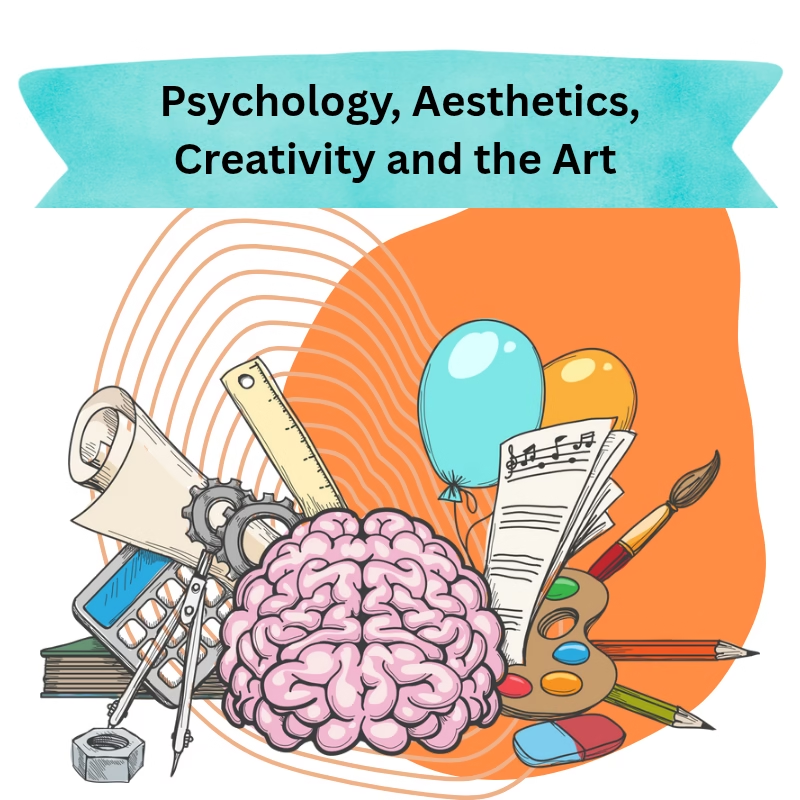
Art is more than just something to look at or listen to—it’s a mirror to the mind, a canvas for emotions, and a powerful expression of human thought.
But what exactly makes a painting move us? Why does certain music give us goosebumps? And how do people create such emotionally charged art in the first place? The answers lie in the fascinating relationship between psychology, aesthetics, creativity, and the arts.
This deep dive explores the mental mechanics behind how we experience beauty, how creativity flows, and how cognitive processes shape art and artists alike.
Why Psychology Matters in Art and Creativity
Understanding the Intersection of Psychology and the Arts
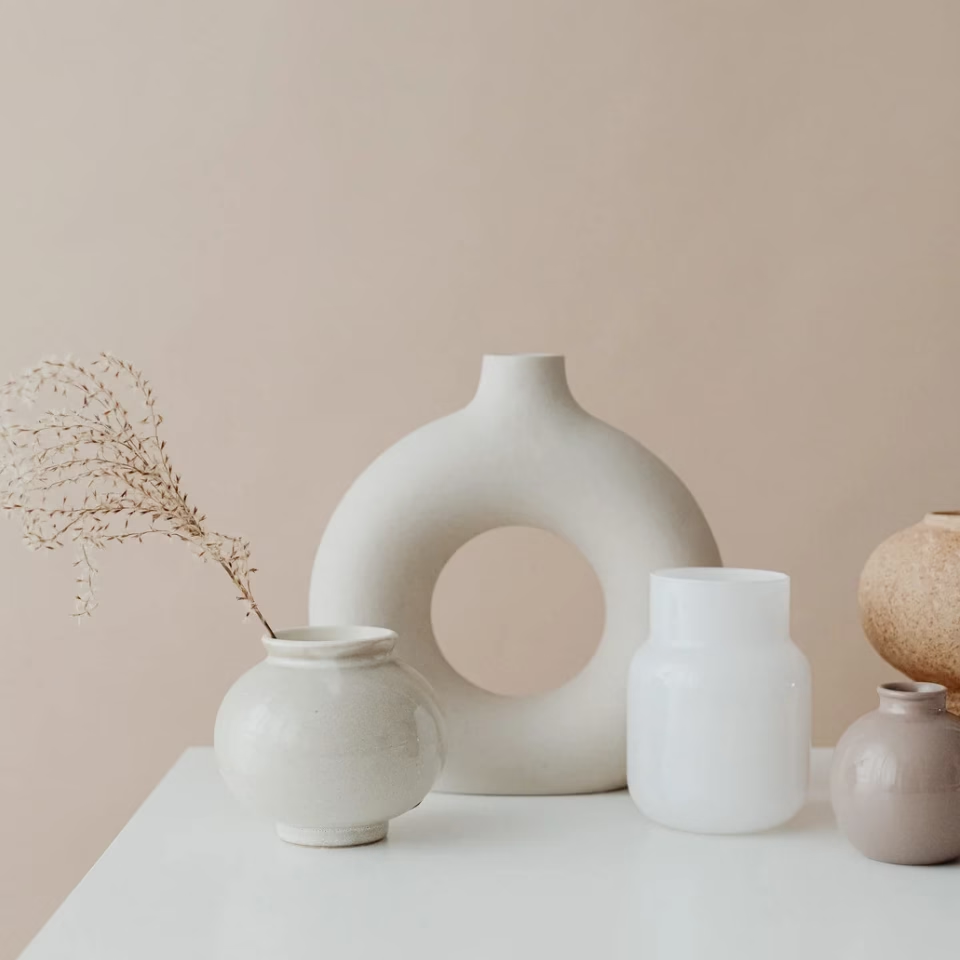
The connection between psychology and the arts is more than theoretical—it’s the key to understanding why we find some works beautiful, others disturbing, and some utterly unforgettable.
Psychology studies the mind, while art is a product of the mind made visible. Bringing these disciplines together opens up powerful insights into human behaviour, emotion, and perception.
What Makes Something Beautiful or Meaningful?
Aesthetic appreciation isn’t about rules—it’s about how we interpret what we see or feel. Beauty, it turns out, isn’t entirely in the eye of the beholder.
It’s shaped by our brains, emotions, memories, and even the cultures we grow up in. Psychology helps decode what influences our sense of beauty and why creativity varies so widely between people.
The Psychological Foundations of Aesthetics
How the Brain Processes Beauty
When we see something aesthetically pleasing, our brains respond by activating the reward system, releasing dopamine—the same feel-good chemical triggered by chocolate or falling in love. Studies in neuroaesthetics have shown that even abstract shapes or harmonious colors can activate this response, suggesting we’re hardwired to seek beauty.
Emotional Response to Aesthetic Experiences
Ever cried during a song or stared at a painting in complete silence? That’s your limbic system at work. It processes emotional stimuli, turning sensory input into meaningful reactions. Art becomes not just something we see or hear—it becomes something we feel.
Cognitive Biases and Perception in Art Appreciation
Psychological biases like confirmation bias, priming, and framing affect how we perceive art. Our interpretation of an artwork can shift depending on context—its title, the artist’s story, or even the gallery lighting. What we see isn’t always what the artist created—it’s what our minds make of it.
Creativity and the Mind: Where Art Is Born
Neuroscience Behind the Creative Process
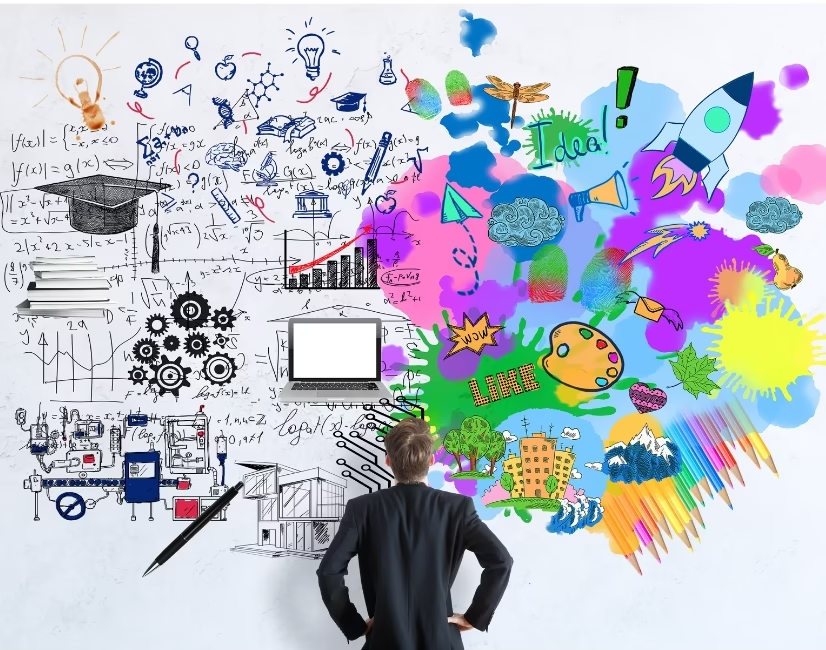
Creativity activates multiple areas of the brain simultaneously—particularly the default mode network (DMN), which is involved in daydreaming, introspection, and imagination. This is why ideas often strike when you’re least expecting them—like in the shower or during a walk.
Flow State and Artistic Expression
The term “flow,” coined by psychologist Mihaly Csikszentmihalyi, refers to the state of being “in the zone.” Time disappears, and the artist becomes completely immersed. This state is common in peak creativity, and it’s where much of the world’s most inspired work is created.
Divergent Thinking and Artistic Innovation
Creative minds often use divergent thinking, the ability to generate multiple solutions or ideas for a single problem. Artists, writers, and musicians tap into this to explore unconventional paths, blending inspiration with innovation.
Cultural and Social Influences on Aesthetic Taste
How Culture Shapes Our Creative Preferences
Our sense of what’s beautiful or meaningful isn’t entirely innate. It’s also learned through culture, upbringing, and exposure. Western cultures may emphasize symmetry and clarity, while Eastern traditions might prioritize simplicity and subtlety. Cultural context shapes the kind of art we produce—and how we interpret it.
Social Psychology in Art Trends and Movements
Art is also social. Bandwagon effects, groupthink, and influencer behaviour all play roles in how art trends develop. Think of how entire movements—like Dadaism or Surrealism—arose not in isolation but through collective cultural shifts.
Psychological Theories Related to Aesthetics and Creativity
Freud’s Theory of Artistic Expression
Freud believed that art is a form of sublimation, where repressed desires and emotions are channeled into creative outlets. For many, art becomes a safe space to express what cannot be said.
Maslow’s Hierarchy and Creative Fulfillment
Maslow placed creativity at the top of his hierarchy, within self-actualization. He saw creativity not as a luxury but as a necessity for those reaching their full potential.
Gestalt Theory in Visual Perception
Gestalt psychology teaches us that we perceive whole forms before we see individual parts. This theory helps explain why we find certain compositions satisfying—our brains love pattern, symmetry, and completion.
According to the American Psychological Association, creativity involves both originality and functionality, making it a measurable and trainable trait.
The Role of Emotions in the Creative Arts
Art as a Tool for Emotional Expression
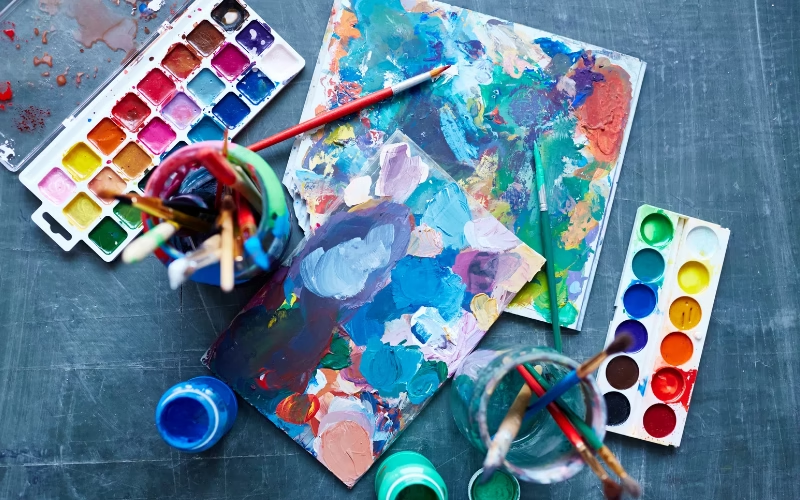
Art allows us to express emotions we might not fully understand or be able to verbalise. Artists often say they “pour their soul” into their work—and neuroscience backs this up. Art triggers the same areas in the brain involved in emotional regulation.
How Artists Use Emotion to Connect with Audiences
From tragic operas to explosive graffiti, emotional charge in art makes it relatable. Whether it’s joy, rage, sorrow, or hope, emotional authenticity gives art its resonance. People connect to art that speaks to what they’re feeling—or want to feel.
Case Studies: Psychology in Practice Across Art Forms
Visual Art: Composition and Viewer Reaction
Psychological techniques like the rule of thirds, visual hierarchy, and color psychology influence how viewers interact with a piece. These elements are more than design choices—they’re tools that direct perception and elicit response.
Music: Rhythm, Emotion, and Memory
Music can act like a time machine. That’s because the brain links sound to memory and emotion. One melody can bring you back to your childhood, a breakup, or the best summer of your life.
Dance and Theater: Physical Expression of Mental States
In performance arts, the body becomes the medium. Movement, posture, timing—all communicate mood, narrative, and character psychology. Audiences often “feel” these expressions before they even think about them.
Practical Applications: Using Psychology to Enhance Creativity
How Artists Can Use Psychology to Improve Their Work
Understanding how the mind responds to visuals, sound, and emotion gives artists a powerful edge. They can create more engaging, immersive, and impactful work by aligning their techniques with psychological principles.
Creative Exercises That Stimulate the Mind
- Mind mapping: Unlocks associative thinking.
- Automatic drawing: Taps into the unconscious.
- Color therapy: Uses mood-triggering palettes.
Leveraging Aesthetic Principles in Design and Marketing
Marketers use color theory, symmetry, and emotional triggers to influence buying behaviour. From logo design to packaging, aesthetic psychology shapes how brands communicate.
Challenges in Studying Aesthetics and Creativity
Subjectivity and Bias in Aesthetic Judgment
There’s no universal formula for beauty or brilliance. Aesthetic taste is deeply subjective, influenced by personal experiences, education, and emotion.
The Myth of the “Tortured Artist”
Contrary to popular belief, suffering isn’t required for creativity. In fact, many studies show that positive emotions and psychological well-being often enhance creative output.
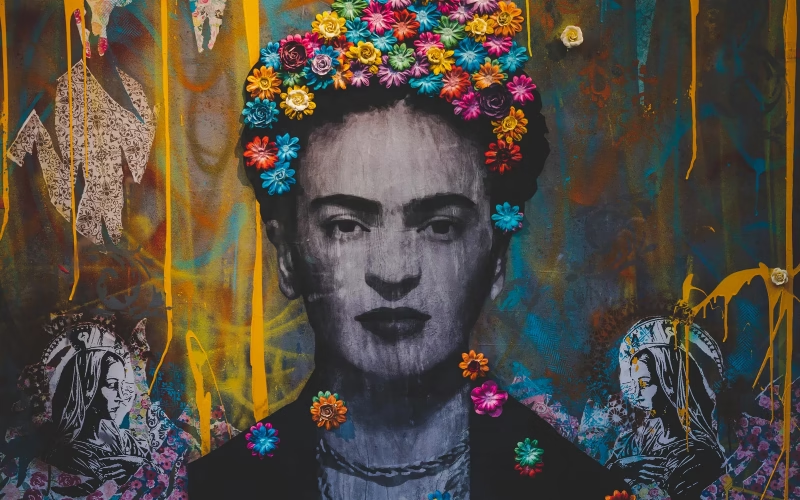
Conclusion: Uniting Mind, Beauty, and Expression
The psychology of aesthetics, creativity, and the arts reveals how deeply intertwined our minds are with the beauty we experience and create. Art is not just decoration—it’s a dialogue between perception and emotion, intention and interpretation, artist and audience.
By understanding the psychological mechanisms behind creativity, we gain not only appreciation for art but insight into the human experience itself.
FAQs: The Psychology Behind Aesthetics and Creativity
1. How does the brain perceive beauty?
Our brain processes beauty through the reward system, triggering emotions, memory, and even physical sensations like chills or tears.
2. What psychological traits are linked to creativity?
Traits like openness to experience, divergent thinking, and curiosity are closely tied to creative thinking.
3. Can creativity be taught or trained?
Yes. While some have natural tendencies, creative thinking can be nurtured through exercises, exposure, and cognitive training.
4. Is aesthetic preference inherited or learned?
Both. There are universal patterns (like symmetry) we’re naturally drawn to, but personal taste is heavily influenced by culture and experience.
5. How do emotions affect artistic output?
Emotion fuels creativity. It gives art depth, authenticity, and relatability. Both positive and negative emotions can drive powerful creative expression.
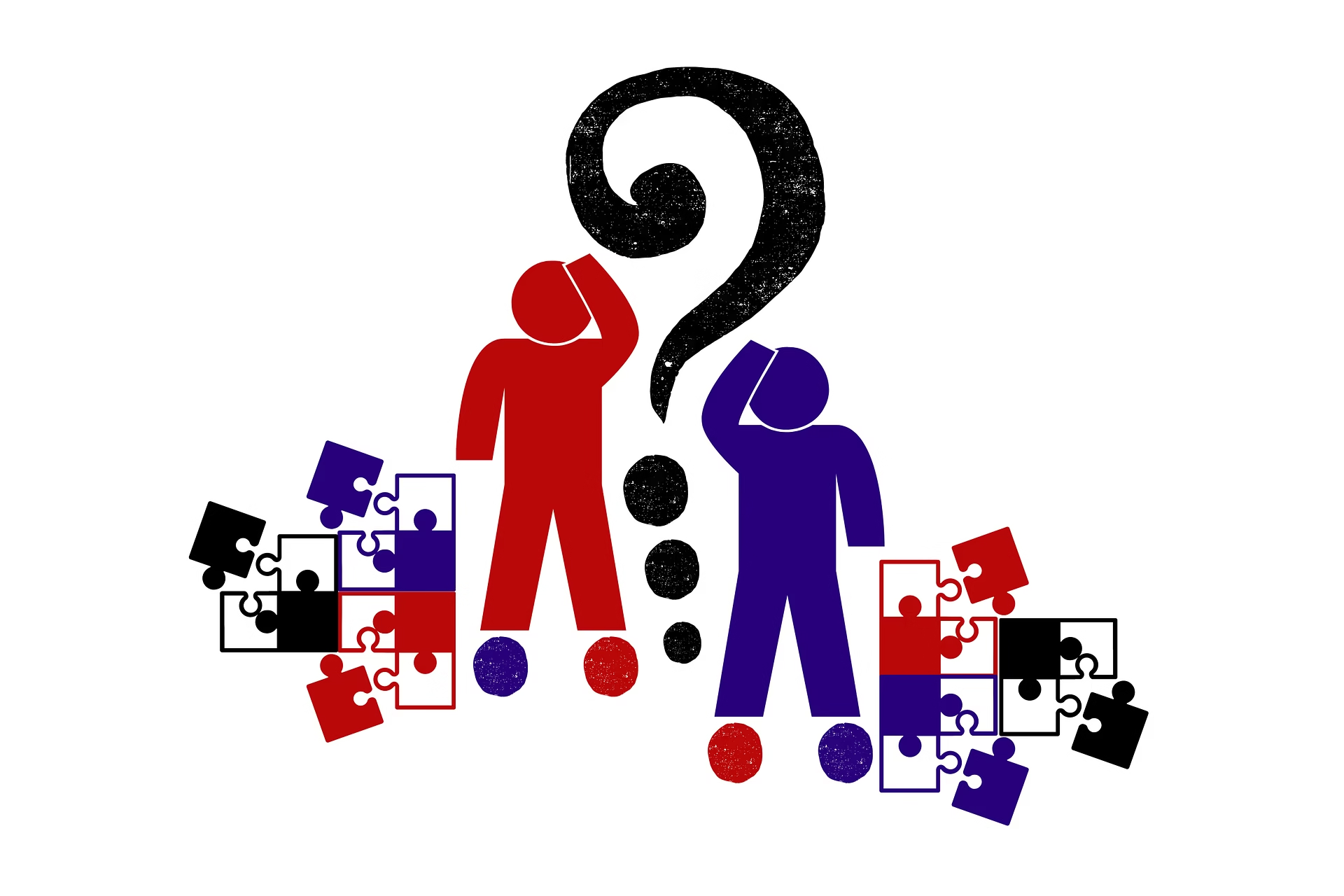
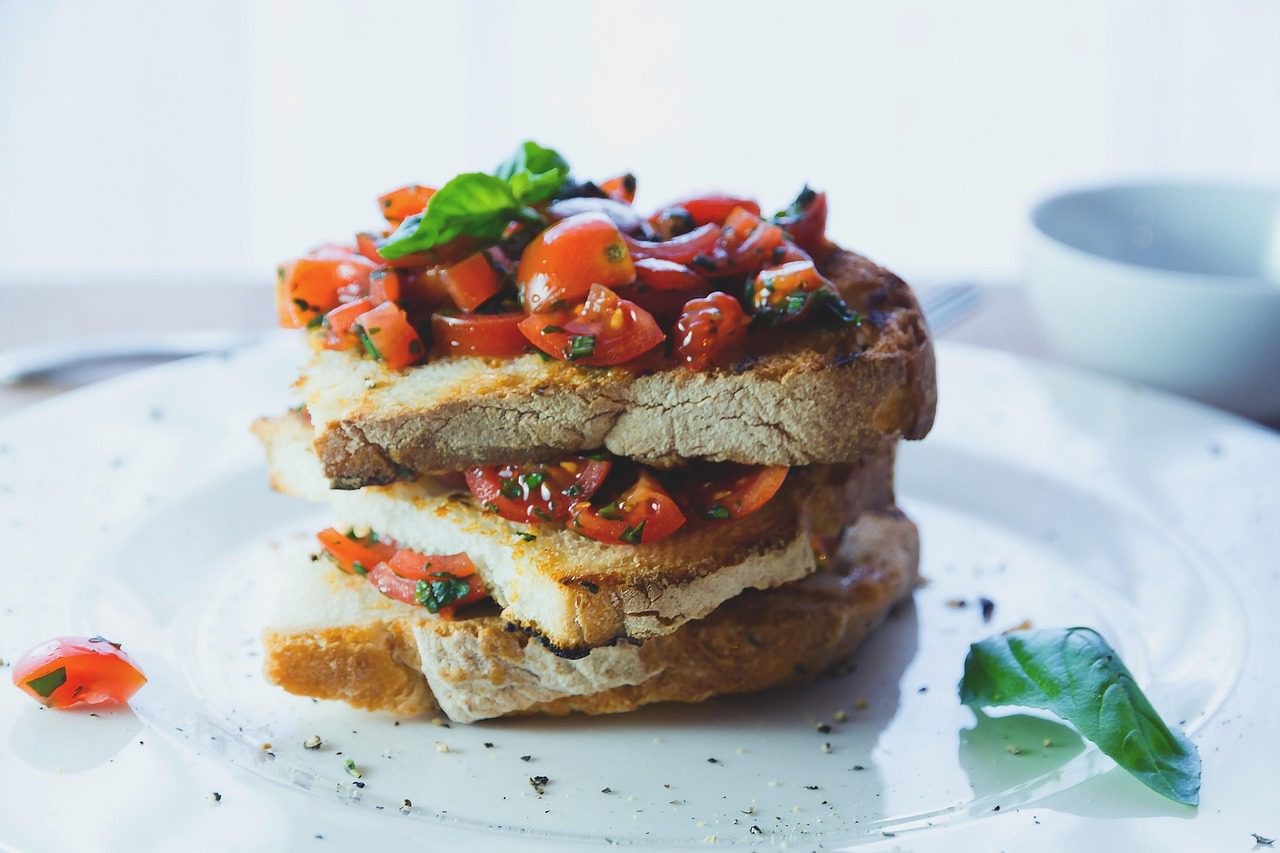

One thought on “The Psychology of Aesthetics, Creativity and the Art”